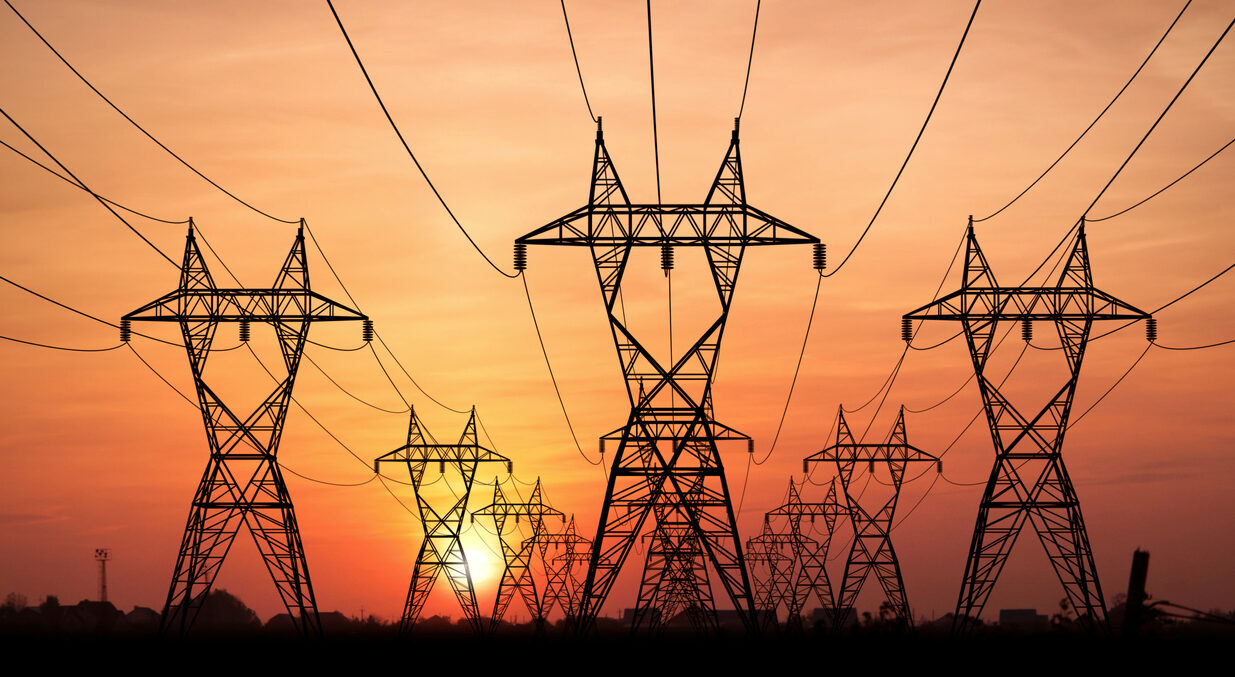
Large portions of the country are expected to face a growing threat of widespread electricity blackouts in the coming years. For example, the Western Electricity Coordinating Council—the regional entity charged with overseeing the Western Interconnection grid that covers most of the Western United States and Canada—estimates that the subregion consisting of Colorado, Utah, Nevada, and portions of southern Wyoming, Idaho, and Oregon will, by 2032, see 650 hours (more than 27 days in total) over the course of the year when available enough resources may not be sufficient to accommodate peak demand.
Supply and demand provide the simplest explanation for the region’s rising risk of power outages. Demand is expected to continue to rise, while stable supplies are diminishing. Over the next 10 years, electricity demand across the entire Western Interconnection is expected to grow by 11.4%, while scheduled resource retirements are projected to growing resource-adequacy risk in every subregion of the grid.
The largest decreases in resources are from coal, natural gas, and hydropower. Anticipated additions of highly variable solar and wind resources, as well as battery storage, will not be sufficient to offset the decline from conventional resources. The Wall Street Journal reports that, while 21,000 MW of wind, solar, and battery-storage capacity are anticipated to be added to the grid by 2030, that’s only about half as much as expected fossil-fuel retirements.
In addition to the risk associated with insufficient power generation, many parts of the U.S. are facing another problem: insufficient transmission capacity. The New York Times reports that more than 8,100 energy projects were waiting for permission to connect to electric grids at year-end 2021. That was an increase from the prior year, when 5,600 projects were queued up.
One of the many reasons for the backlog, the Times reports, is the difficulty in determining who will pay for upgrades elsewhere in the system to support the new interconnections. These costs can be huge and unpredictable. Some upgrades that penciled out as profitable when first proposed may become uneconomic in the years it takes to earn regulatory approval, and end up being dropped. According to the Times:
That creates a new problem: When a proposed energy project drops out of the queue, the grid operator often has to redo studies for other pending projects and shift costs to other developers, which can trigger more cancellations and delays.
It also creates perverse incentives, experts said. Some developers will submit multiple proposals for wind and solar farms at different locations without intending to build them all. Instead, they hope that one of their proposals will come after another developer who has to pay for major network upgrades. The rise of this sort of speculative bidding has further jammed up the queue.
“Imagine if we paid for highways this way,” said Rob Gramlich, president of the consulting group Grid Strategies. “If a highway is fully congested, the next car that gets on has to pay for a whole lane expansion. When that driver sees the bill, they drop off. Or, if they do pay for it themselves, everyone else gets to use that infrastructure. It doesn’t make any sense.”
This is not a new problem, nor is it a problem that is unique to the electrical grid. In fact, the Federal Communications Commission (FCC) has been wrestling with this issue for years regarding utility-pole attachments.

Look up at your local electricity pole and you’ll see a bunch of stuff hanging off it. The cable company may be using it to provide cable service and broadband and the telephone company may be using it, too. These companies pay the pole owner to attach their hardware. But sometimes, the poles are at capacity and cannot accommodate new attachments. This raises the question of who should pay for the new, bigger pole: The pole owner, or the company whose attachment is driving the need for a new pole?
It’s not a simple question to answer.
In comments to the FCC, the International Center for Law & Economics (ICLE) notes:
The last-attacher-pays model may encourage both hold-up and hold-out problems that can obscure the economic reasons a pole owner would otherwise have to replace a pole before the end of its useful life. For example, a pole owner may anticipate, after a recent new attachment, that several other companies are also interested in attaching. In this scenario, it may be in the owner’s interest to replace the existing pole with a larger one to accommodate the expected demand. The last-attacher-pays arrangement, however, would diminish the owner’s incentive to do so. The owner could instead simply wait for a new attacher to pay the full cost of replacement, thereby creating a hold-up problem that has been documented in the record. This same dynamic also would create an incentive for some prospective attachers to hold-out before requesting an attachment, in expectation that some other prospective attacher would bear the costs.
This seems to be very similar to the problems facing electricity-transmission markets. In our comments to the FCC, we conclude:
A rule that unilaterally imposes a replacement cost onto an attacher is expedient from an administrative perspective but does not provide an economically optimal outcome. It likely misallocates resources, contributes to hold-outs and holdups, and is likely slowing the deployment of broadband to the regions most in need of expanded deployment. Similarly, depending on the condition of the pole, shifting all or most costs onto the pole owner would not necessarily provide an economically optimal outcome. At the same time, a complex cost-allocation scheme may be more economically efficient, but also may introduce administrative complexity and disputes that could slow broadband deployment. To balance these competing considerations, we recommend the FCC adopt straightforward rules regarding both the allocation of pole-replacement costs and the rates charged to attachers, and that these rules avoid shifting all the costs onto one or another party.
To ensure rapid deployment of new energy and transmission resources, federal, state, and local governments should turn to the lessons the FCC is learning in its pole-attachment rulemaking to develop a system that efficiently and fairly allocates the costs of expanding transmission connections to the electrical grid.




